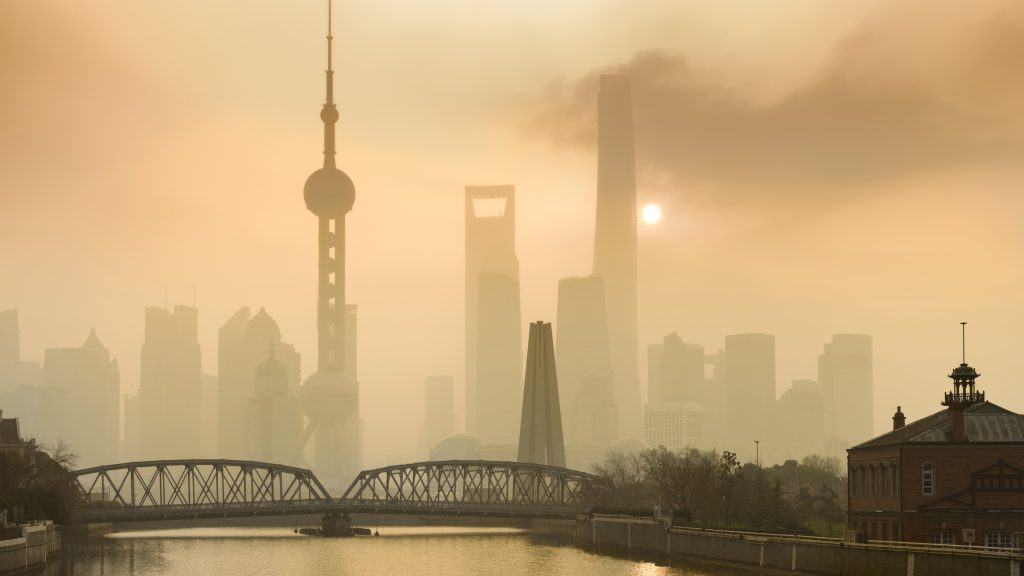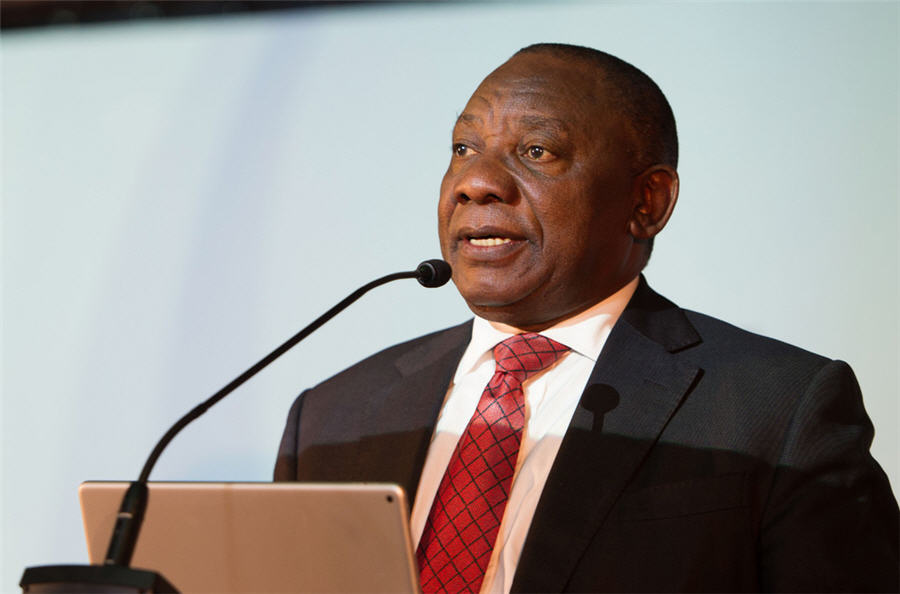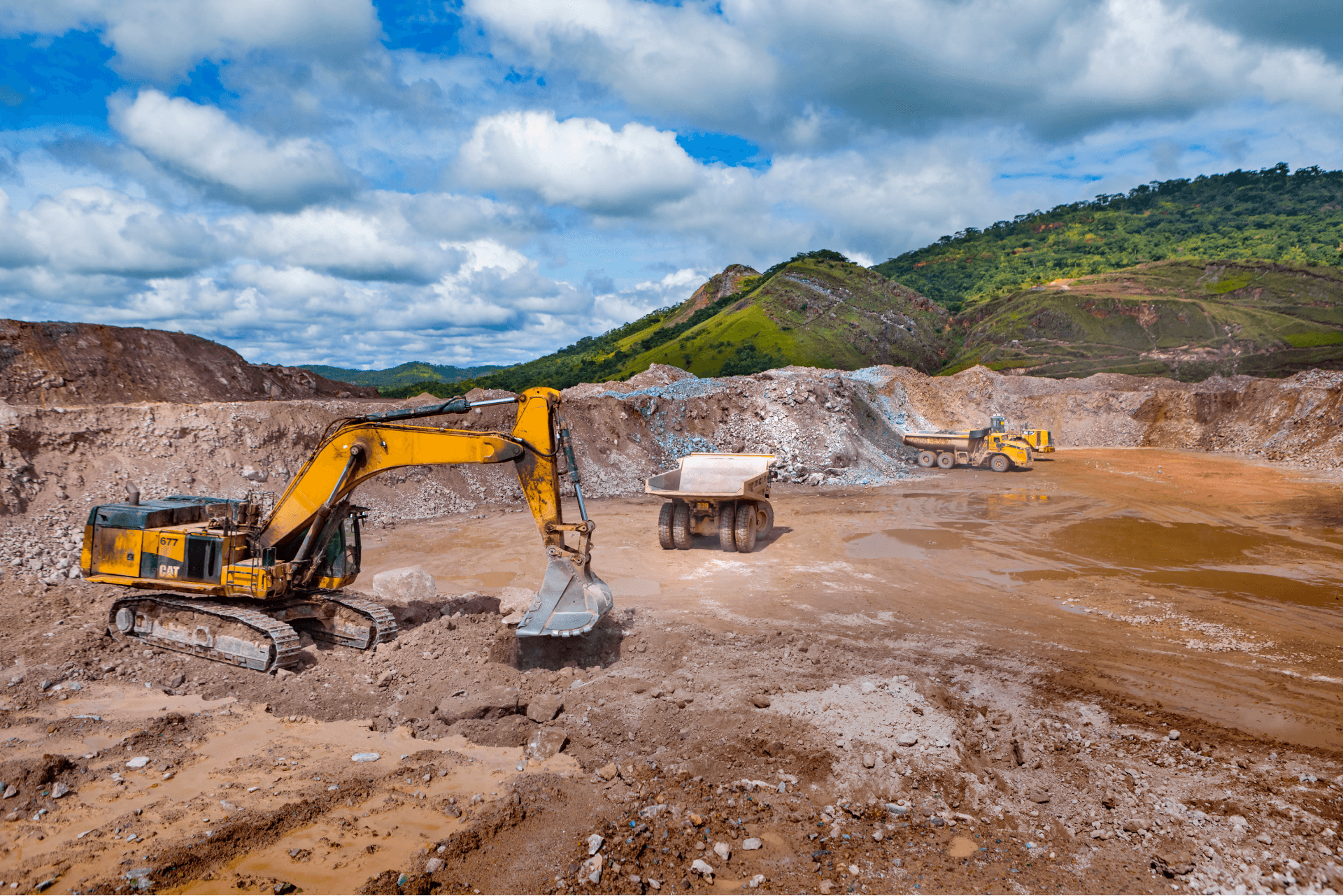China’s price for capping commodities will be higher emissions

China’s success in capping the surge in commodities prices looks increasingly dependent on its ability to deliver more supply. But to do that, it’s going to have to tolerate higher carbon emissions.
That calculation seems baked into the latest directive on Thursday from the National Development and Reform Commission, which suggests that local governments will be given more leeway in setting energy conservation goals. The rush to meet targets last year was a major contributor to the energy crisis that struck in the fall, as power rationing on the heaviest users and carbon emitters constrained output of key materials.
A commentary in the People’s Daily on Friday highlights the policy shift, warning against “campaign style” and “one size fits all” approaches to cutting emissions. In the meantime, price signals across metals are flashing red as a combination of supply disruptions and critically low inventories reignite a commodities boom that threatens already faltering growth in the world’s biggest consumer.
Energy constraints last year didn’t stop processors of metals like aluminum and copper from raising supply because so much new capacity is coming online. Capital Economics, for one, expects output to increase again in 2022 — and prices to fall — not least because power rationing has been lifted, according to a note from the research firm earlier this week.
Beijing has already delayed its deadline for the steel sector to hit peak emissions by five years to 2030 as it prepares the ground for the kind of carbon-intensive stimulus it believes is necessary to support growth. Australia & New Zealand Banking Group now predicts that China’s steel output will reverse last year’s decline and grow by 5% in 2022.
It seems almost inconceivable that China would walk back President Xi Jinping’s signature pledge of peaking nationwide emissions by 2030. But the newfound pragmatism around balancing environmental and economic aims does call into question Beijing’s ability to burnish its climate leadership by delivering on that target ahead of schedule.
The strength in raw materials markets isn’t just consigned to China, of course. The Bloomberg Commodity Spot Index, which encompasses global contracts in everything from energy to grains, has surged to fresh highs as the world contends with shortages and rampant inflation.
The difference is that other economies, and the U.S. in particular, will be raising interest rates this year, which should cool demand. But China is in easing mode, and that only has the potential to fan rising prices.
More News
{{ commodity.name }}
{{ post.title }}
{{ post.date }}



Comments
Quentin Chapman
I never cease to be amazed at the built-in bias from the green lobby. Carbon dioxide is invisible, so why is there always a need to present an image of dirty smoke stacks which are due to particulate emissions? The general public may be swayed by such shoddy reporting but can somebody please tell the editor that this is supposed to be an industry magazine not a political tract?